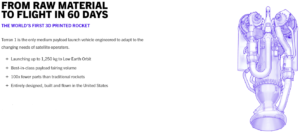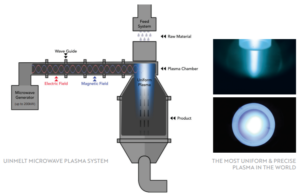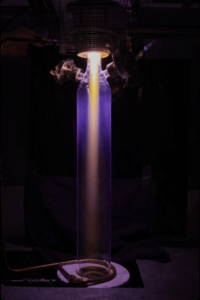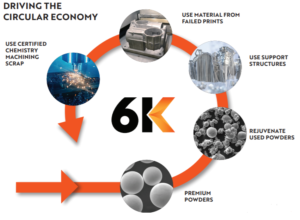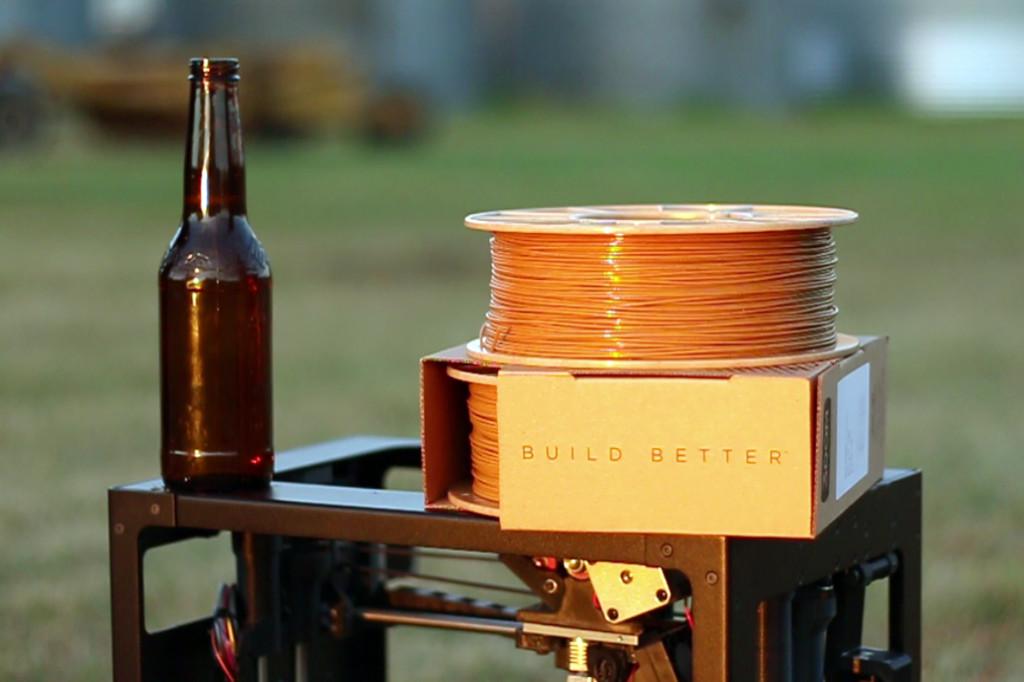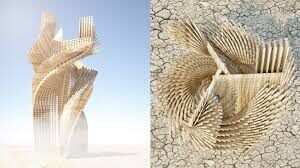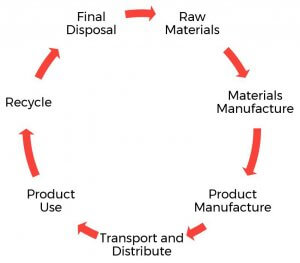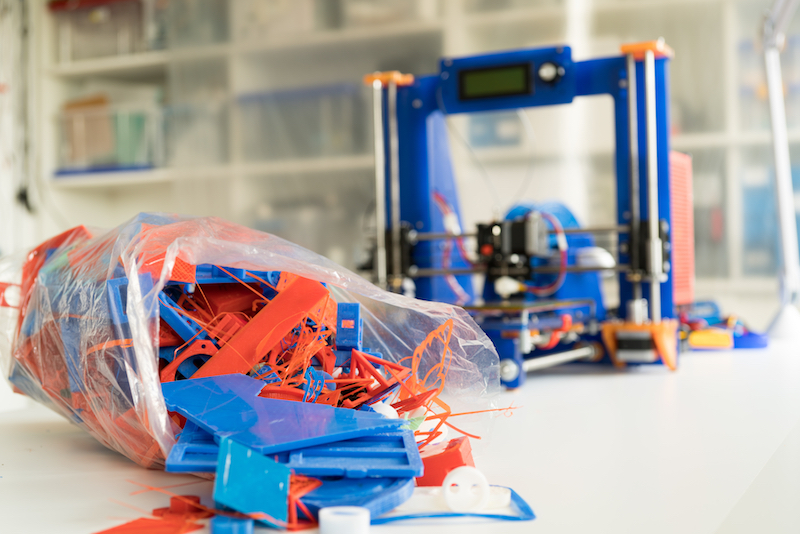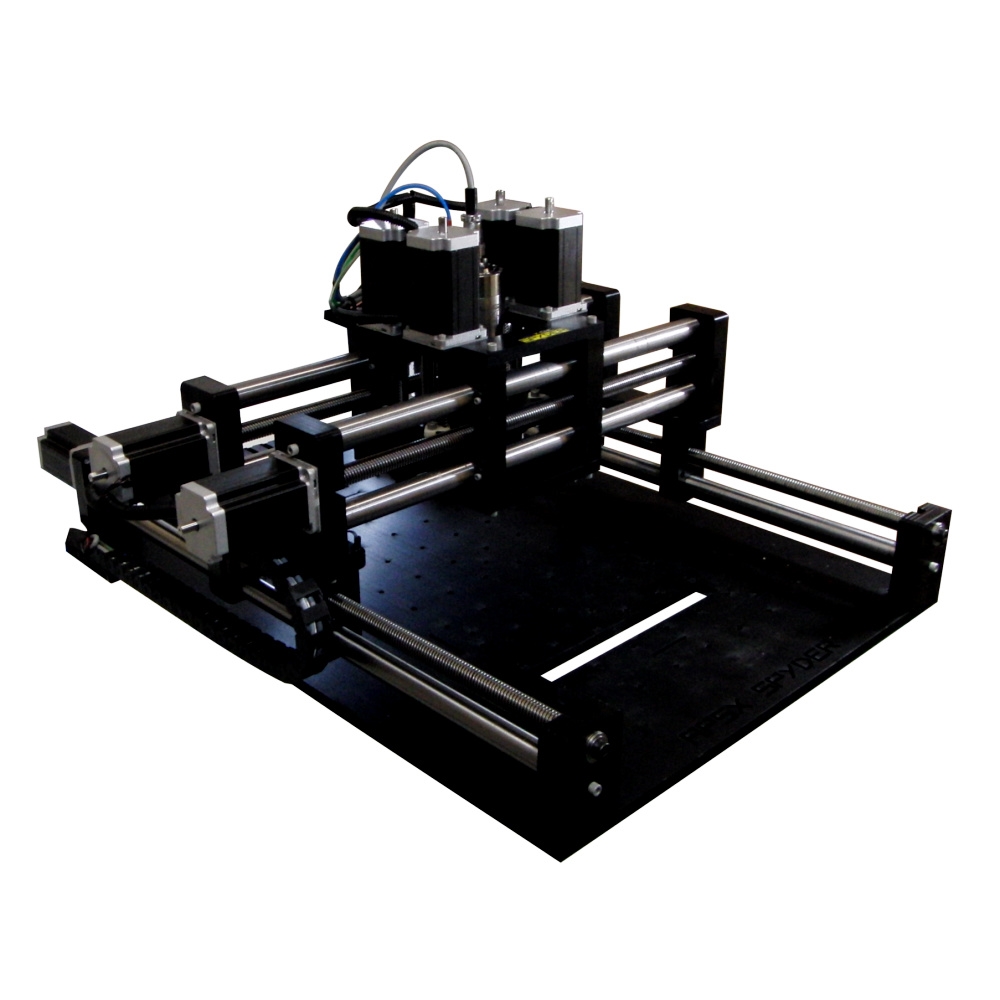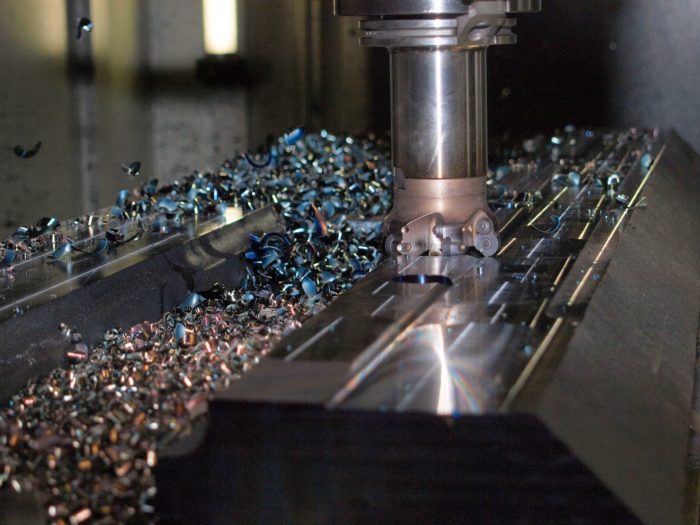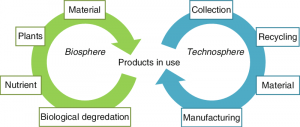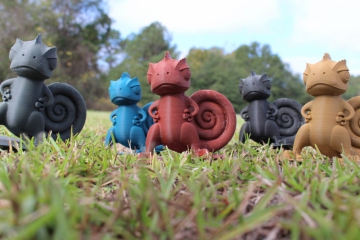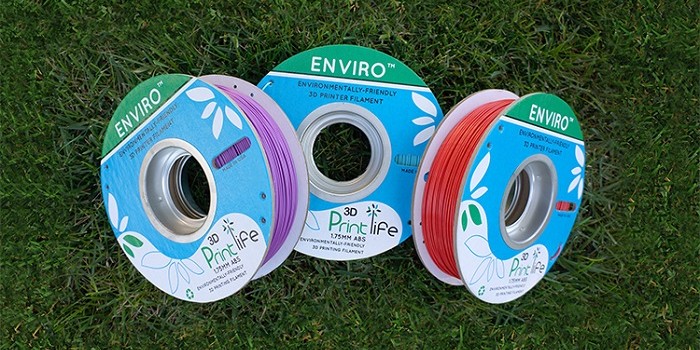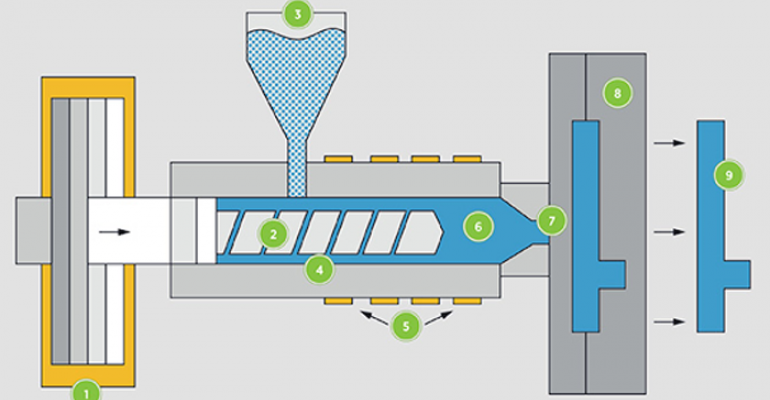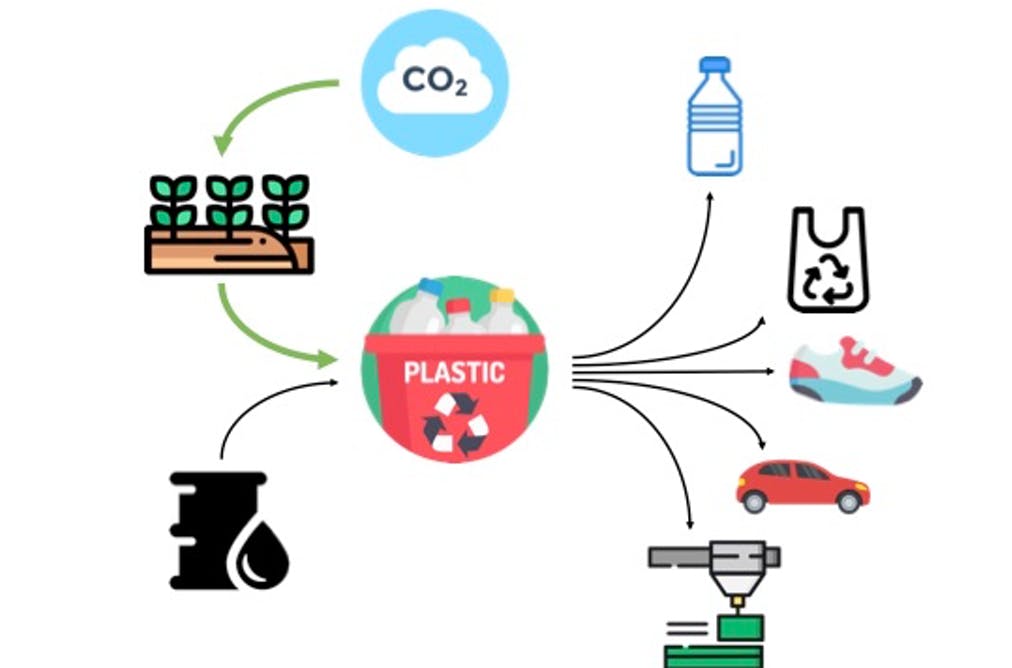On the heels of their recent announcement of commissioning the first two commercial UniMelt systems for sustainable production of additive manufacturing (AM) powders, 6K has now partnered with Relativity Space to explore sustainability in AM production for rocket manufacturing and space travel.
Relativity’s Terran 1 – rocket parts will be built in a reportedly sustainable manner using 6K’s proprietary technology, image courtesy of Relativity Space.
The partnership with Relativity Space expands on the sustainability focus in metal AM, reimagining the aerospace supply chain. Relativity will look to provide 6K with certified scrap materials, used powder or parts, which can be recycled into premium powder that will then be reprinted by Relativity for final production parts suitable for rocket launch and space travel applications. The pioneering aerospace manufacturer is not only creating an autonomous factory to additively manufacture an entire rocket, from raw material to launch-ready, in just 60 days, but is also looking to do it by reusing materials. 6K will bring sustainability to Relativity’s unique supply chain, and ensure closed loop traceability in production.
Commenting on the landmark partnership, Dr.Aaron Bent, CEO of 6K, said:
“Relativity is pushing the boundaries of additive manufacturing by 3D printing a complete rocket and we see this partnership as a natural extension of their forward thinking practice. Our ability to turn their used powder and parts into premium powder through the UniMelt process provides them with a sustainable source for AM powder. We are proud to be partnering with Relativity to explore ways to increase sustainability, recycling and environmentally responsible manufacturing processes, which the entire AM industry is uniquely posed to be able to integrate into standard practices.”
Relativity is continuing to build key partnerships as it prepares to launch the world’s first entirely 3D printed rocket, Terran 1, in 2021, and recently signed a public-private infrastructure partnership with the US Airforce to use the latter’s launch site facility in Southern California.
Customers from key industries of automotive, manufacturing, aerospace and more, are increasingly looking to improve their supply chain efficiencies and shift towards more sustainable production. In shifting towards ‘green’ manufacturing, AM material suppliers are looking for ways to use domestic, reusable sources for AM powder production. While AM itself is often seen as a sustainable manufacturing method, the production of AM powders hasn’t been near sustainable, generating large amounts of waste to produce a small quantity of much-needed premium quality AM powders.
6K, a developer and supplier of advanced materials, is transforming the production of AM powders with its UniMelt system, which is the world’s only microwave plasma system for production. The system, which produces three to four times the yield of gas atomization, not only allows 6K to create highly uniform powders with the requisite properties, but also to tailor the powder to the specific AM process it will be used for.
Outlining the range of materials the system can produce, 6K stated that UniMelt is capable of producing:
“a highly uniform and precise plasma zone with zero contamination, and capable of high throughput production of advanced materials including Onyx In718 and Onyx Ti64 AM powders. 6K’s UniMelt technology can also spheroidize ferrous alloys like SS17-4PH, SS316, other nickel superalloys including Inconel 625, HX, cobalt-base alloys like CoCr, refractory metals like Mo, W, Re, reactive alloys such as Ti-6-4, TiAl, Al alloys as well as high-temperature ceramics such as MY and YSZ.”
6K’s proprietary UniMelt system that produces premium metal AM powders at 100% yield, image courtesy 6K
The company recently commissioned two commercial UniMelt production lines at its 40,000 square foot plant in Pennsylvania, USA, with each to produce 100 tones per year of nickel super alloys and titanium powders. This could represent a significant milestone in AM sustainability, in both its processes and applications for existing and new metal powders.
At Formnext 2019, 6K launched its Onyx In718 and Onyx Ti64 materials which, after internal product qualification and 3rd party printing, will begin customer sampling in the latter half of this year. Additional UniMelt systems will be commissioned throughout 2021 to meet anticipated demand for premium metal AM powders. The company is also looking to certify its plant as a sustainable manufacturing factory, as a recent member of MESA’s association for sustainable manufacturing.
“The commissioning of the first commercial UniMelt systems is the culmination of terrific work by experts in manufacturing, process and materials at both 6K Additive and our parent company 6K,” said Frank Roberts, President of 6K Additive. “Customers and strategic partners have been eager to sample and use our Onyx powders and we’re ready to deliver. Accompanying the new UniMelt systems, the new facility encompasses automated manufacturing equipment and industry leading safety and health systems that confirm our organization is hitting our production goals while ensuring the utmost in safety for our employees.”
UniMelt’s high frequency microwave plasma, image courtesy 6K
Through 6K Additive, its division focused on AM material solutions, the company aims at the production of ultra-high quality metal powders, at scale, at low cost with more than nine times the efficiency of existing plasma processes, the company claims. 6K (which stands for 6000K, the approximate temperature of the UniMelt plasma system and the temperature of the Sun) also enables the development of alloy powders with unusual properties, combining different types of metals that could not be mixed before, and producing previously thought “impossible” materials for 3D printing production. ‘Unobtainium’, is an alloy made by 6K which was previously considered impossible to obtain or produce, that combines six different metals including copper, iron, nickel, titanium among others.
This is because 6K’s microwave plasma process is the only process that can achieve the combination of high entropy metals, enabling the production of rare, unexpected alloy powders for metal AM. What’s most interesting though is that 6K’s microwave plasma platform converts certified chemistry machine millings, turnings, previously used powders, discarded parts, and other recyclable feedstock into high-quality AM powders. This means that any machined alloy could potentially be processed into reusable premium metal AM powder with specific properties.
6K’s unique technology could accelerate the trend towards a circular economy in metal AM, image courtesy 6K
6K may be transforming the business case for powder-bed and sintering applications in critical areas of cost, efficiency, sustainability and capabilities. This could accelerate the shift towards a circular economy in metal AM, despite greater short-term impacts in metal AM markets (as compared to polymer) this year due to COVID-19, and could also strengthen mid to long-term demand for metal AM solutions – perhaps growing the market beyond a projected $11 billion by 2024 (as per SmarTech’s latest AM Metal Powders 2019 report).
The post 6K Partners with Relativity Space, Commissions UniMelt to Transform Sustainability in Metal 3D Printing appeared first on 3DPrint.com | The Voice of 3D Printing / Additive Manufacturing.

